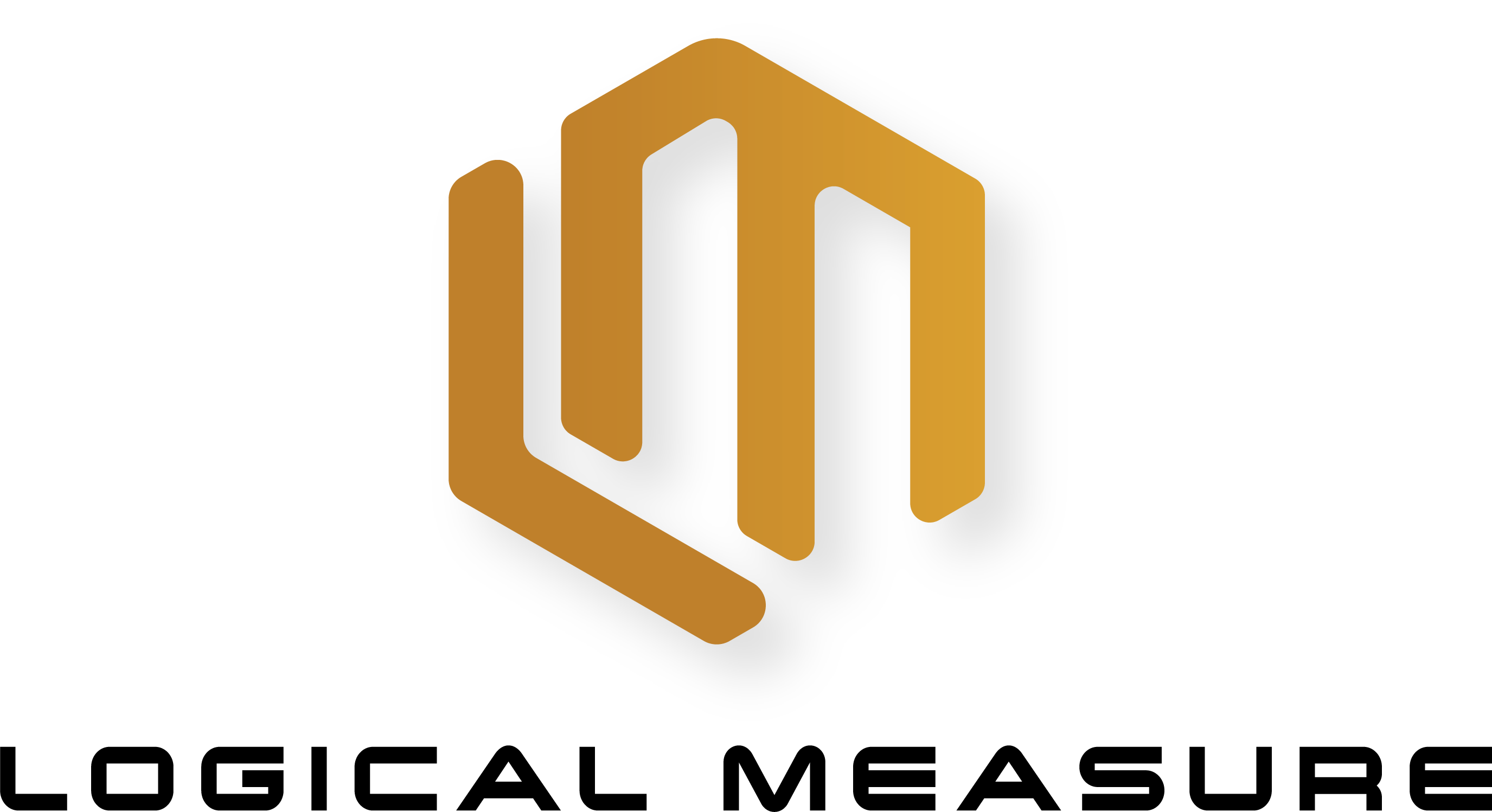A Digital Marketing Plan
“Let’s just throw some spaghetti at the wall and see what sticks!” For many businesses, this is their digital marketing plan. Not having a plan or strategy is a recipe for disaster. It seems obvious, but apparently it’s not. I’m surprised that every marketing department I’ve ever worked in had no real marketing plan, no defined target audience, and no measurement plan. If these marketing essentials did exist, they were buried somewhere no one could find.
“Just winging” one of the most important aspects of your business is not acceptable if you plan to stay in business. Maybe it’s too daunting of a task to create a digital marketing strategy in this new digital world we live in. The internet has changed the way that business is done so dramatically that many marketing departments are struggling to learn what methods are likely to be effective. It’s still just too new. Well, here is my attempt to address this issue with a simple approach to creating a digital marketing strategy. It has four components – Mission, Audience, Content, Data. Let’s assign the MACD acronym to this approach.
MISSION
So many entrepreneurs and companies, in general, go into business but never clearly define why they decided to do so. Turning a good profit may be why people go into business, but it’s not something that you want to brand your company around. Your brand is about what you stand for, and it’s what image or values come to mind when consumers hear or see your logo or business.
Having a unique identity, a cause you’re passionate about and something that you can rally others to get behind is a great start to a successful mission.
A mission statement that’s memorable, specific, and contained in one sentence will allow everyone to march to a common goal. The statement will also filter out activities and ideas that are not aligned with the reason you are in business. Hopefully, your clients will resonate with your mission statement and be inspired by the prospect of doing business with you. Attracting the right people to your business both internally and externally is a great start to business success.
A mission statement is a great way to attract the right people and that’s why it’s a vital first task for every business. For instance, my mission statement is: “Help entrepreneurs cultivate a consumer-focused mindset to both attract new customers and get more business from their existing audience.”
AUDIENCE
Target people who want and need your product or service. Businesses think everyone will be interested in what they offer so they target the whole world. They end up wasting time, resources, and money attracting people who don’t want their product or service.
Defining a target market is the most important task to complete when determining what audience segment you should pursue. Really look at what you have to offer and identify who would benefit most from it, and who is most likely to be interested in learning more about what you have to offer. That special niche is where you should tailor your content, product, and business to.
Also, understanding what value your consumers expect to gain from using your product or service will help you narrow down your market segment and identify what content will resonate with your audience. My target audience is entrepreneurs who are just getting started or who are struggling with digital marketing.
CONTENT
Your content should focus on your consumer’s desired outcome. You discover this when you identify your target audience. Knowing the consumer’s end goals and helping them to achieve them begins a relationship-building process. It’s this relationship with your customers you want to establish.
Your content should provide solutions to your customer/client’s “pain points.” You should be helping them solve their problems with the product or service you offer. Too often content is developed for the sole purpose of selling the product or ranking in the search engines. Too much focus is on business sales, and not the consumer’s goals. Put the focus on the consumer and create content that gives them value.
Educate, help, and work with consumers to ensure they associate getting to their desired results with your content. Identify the most common struggle or complaint consumers in your target segment always talk about. That will ensure you have content they want to read.
Create written, audio, and video content that attracts, engages, and nurtures your consumers and moves them towards their goals and success. When consumers see you as an authority on the subject over time they will trust whatever you have to offer. My ebook goes deeper into this matter.
DATA
I can honestly say I have never seen a measurement plan in the wild for the 10 years I’ve worked in the marketing space. This is truly remarkable since we live in the data era. We’ve identified the type of content we want to create, now we want to measure how effective it is.
Would you want to drive your car somewhere you have never been without GPS or a dashboard? Probably not. Why? Because it would be harder to reach your destination if you didn’t know how you were going to get there.
So why would you drive your business without a measurement plan or dashboard. As I said, the “see what sticks” method rarely ends well. Why not identify a metric, a target, and a tactic? I’ll settle for just one right now. At least that gets you started with something other than spaghetti.
We just need to connect our Key Performance Indicators (KPIs) to our content, which we have connected to our audience, which we have connected to our mission. Now everyone is working harmoniously toward business success. Lastly, we just need to check our dashboard on a weekly basis to make sure our KPIs are marching toward their targets and then optimize accordingly. You can get started creating a measurement plan using our tool.
CONCLUSION
Utilizing the MACD approach will allow you to define your value and attract a motivated audience that appreciates and wants what you have to offer. Delivering consistent value is a constant endeavor. Your content should help move the consumer towards their desired goals. Measuring, optimizing and making every touchpoint your consumer has with you as frictionless (easy) as possible is essential for improving the consumer’s experience. The data you collect and analyze will let you know what resonates best with your consumer. All of which ultimately leads to their success and yours!


